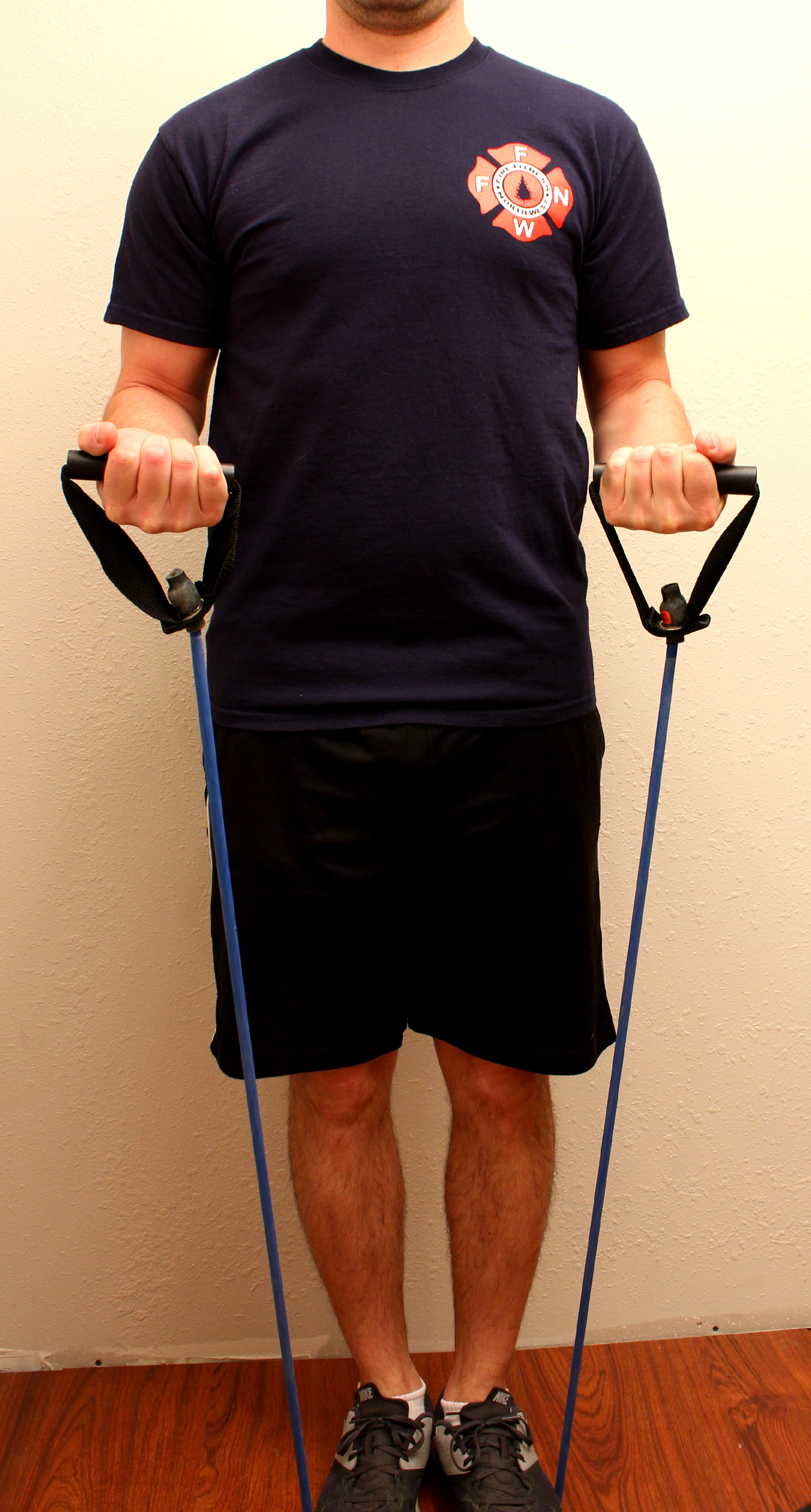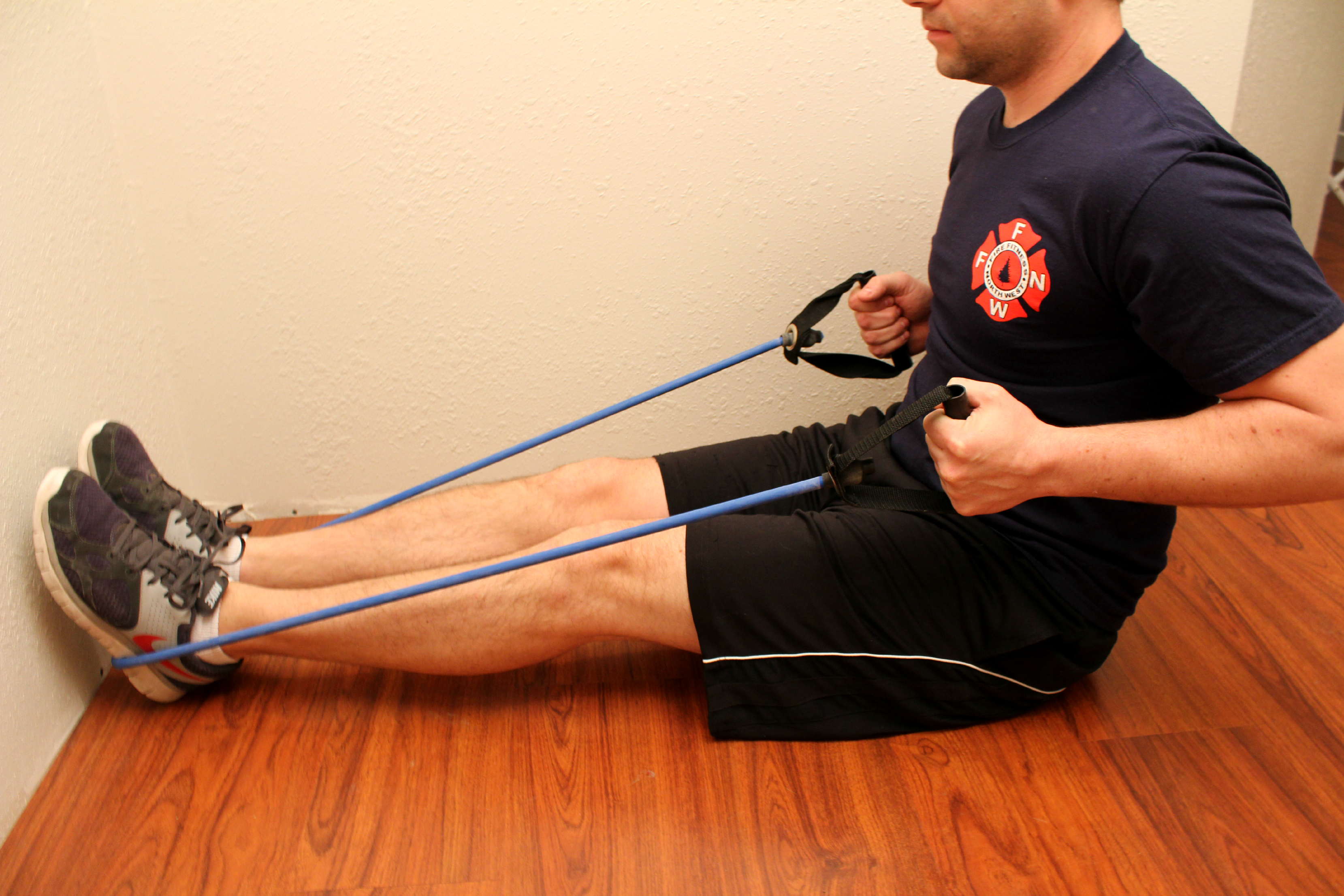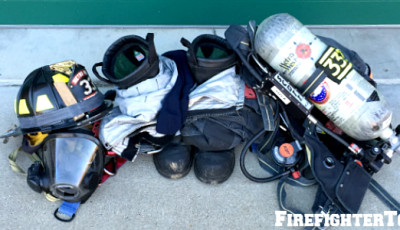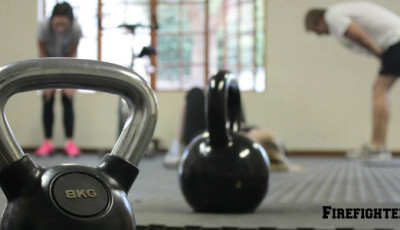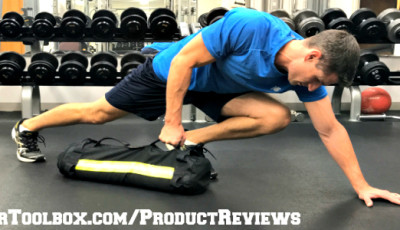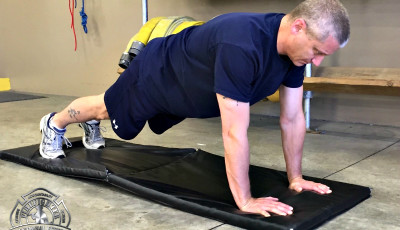Top 5 Health And Fitness Tools For Firefighters – #3
Resistance tubes
Over the past few weeks I’ve discussed why calorie/activity trackers and foam rollers are excellent tools for firefighters. Today’s important health tool is a resistance tube.
Resistance tubes have so many benefits but I rarely see them in use at the firehouse. You can basically do a full body workout with them, plus they’re obviously very portable and you can use them at home. They’re also very inexpensive.
I think one misconception is that they’re easy and only for rehab or weaklings. Actually, you can buy the tubes in all different levels of resistance and the heaviest ones are probably tougher to use than you think.
Some examples of exercises you can do with resistance tubes are:
Bicep Curls
Hold one end of the tube in each hand and step on the tube with both feet. Keep your elbows at your side and curl.
Rows
Loop the tube around your feet, if seated, or something sturdy, if standing. You can do two types of rows by 1) pulling the ends of the tube back while bending the elbows, working the upper back and muscles surrounding the shoulders (seen in the picture below); and 2) pulling the ends of the tube back keeping the arms completely straight, working the lats, core and triceps (must be done standing).
The tube can also be used to work the shoulders and pecs, and you can work your lower body by doing squats or lunges with the tube anchored under your feet.
Another thing I really like about them is you can work your hip and knee adductors and abductors (the muscles that help you move from side to side). Most people are weak in those areas because we are constantly moving in a forward/backward direction only. Strengthening these muscles can reduce risk of injury, especially to the knee (if you’ve ever been to physical therapy for a knee issue then you’re probably familiar with side-to-side exercises!)
Hold one end of the tube in each hand and step on the tube with both feet. Pull slightly up on the tube so you feel some resistance and bend both your hips and knees. Now, making sure to lead with your hip (not your knee) take a small step toward one side, and then to the other side. You shouldn’t feel any pain in your hip or knee but believe me, you are working them and making them stronger and resistant to injury.
Next week I will discuss the fourth important tool in this series: yoga or stretching mats.
Find the complete series here!
Part 1 : Calorie/Activity Tracker
Part 2 : Foam Roller
Part 3 : Resistance Tube
Part 4 : Yoga/Stretching Mat
Part 5 : Exercise Ball

